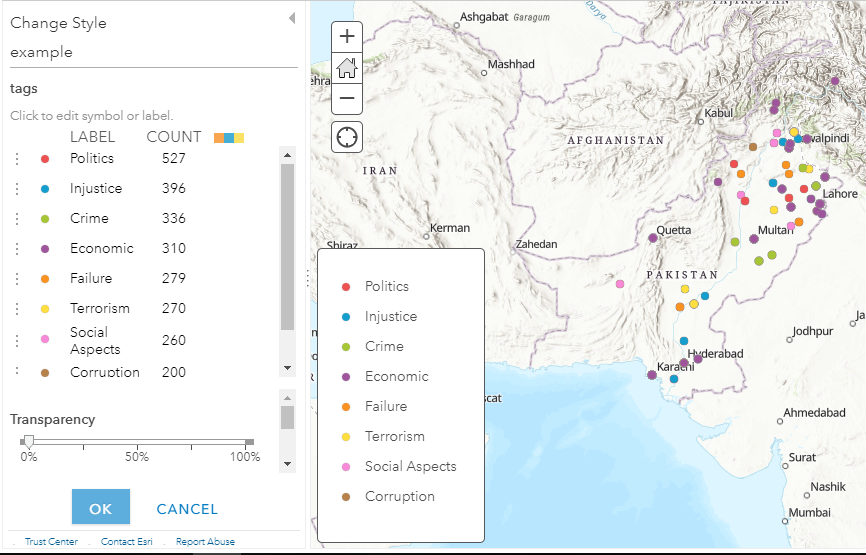Automatic sentiment analysis play vital role in decision making. Many organizations spend a lot of budget to understand their customer satisfaction by manually going over their feedback/comments or tweets. Automatic sentiment analysis can give overall picture of the comments received against any event, product, or activity. Usually, the comments/tweets are classified into two main classes that are negative or positive. However, the negative comments are too abstract to understand the basic reason or the context. organizations are interested to identify the exact reason for the negativity. In this research study, we hierarchically goes down into negative comments, and link them with more classes. Tweets are extracted from social media sites such as Twitter and Facebook. If the sentiment analysis classifies any tweet into negative class, then we further try to associates that negative comments with more possible negative classes. Based on expert opinions, the negative comments/tweets are further classified into 8 classes. Different machine learning algorithms are evaluated and their accuracy are reported.
翻译:自动情绪分析在决策中起着关键作用。 许多组织花费大量预算来通过手工浏览反馈/评论或推特来理解客户满意度。 自动情绪分析可以全面描述针对任何事件、产品或活动收到的评论。 通常, 评论/ tweets 被分为两个主要类别, 是否定或正面的。 但是, 负面评论过于抽象, 无法理解基本原因或背景。 各组织有兴趣确定否定性的确切原因 。 在这次研究中, 我们从等级上下到负面评论, 并将它们与更多的类别联系起来 。 Tweets 是从Twitter 和 Facebook 等社交媒体网站上提取的。 如果情绪分析将任何推文归类为负面类, 那么我们进一步尝试将负面评论与可能的负面类别联系起来 。 根据专家意见, 负面评论/ tweets 会被进一步分为8个类别 。 不同的机器学习算法被评估, 并报告其准确性 。





